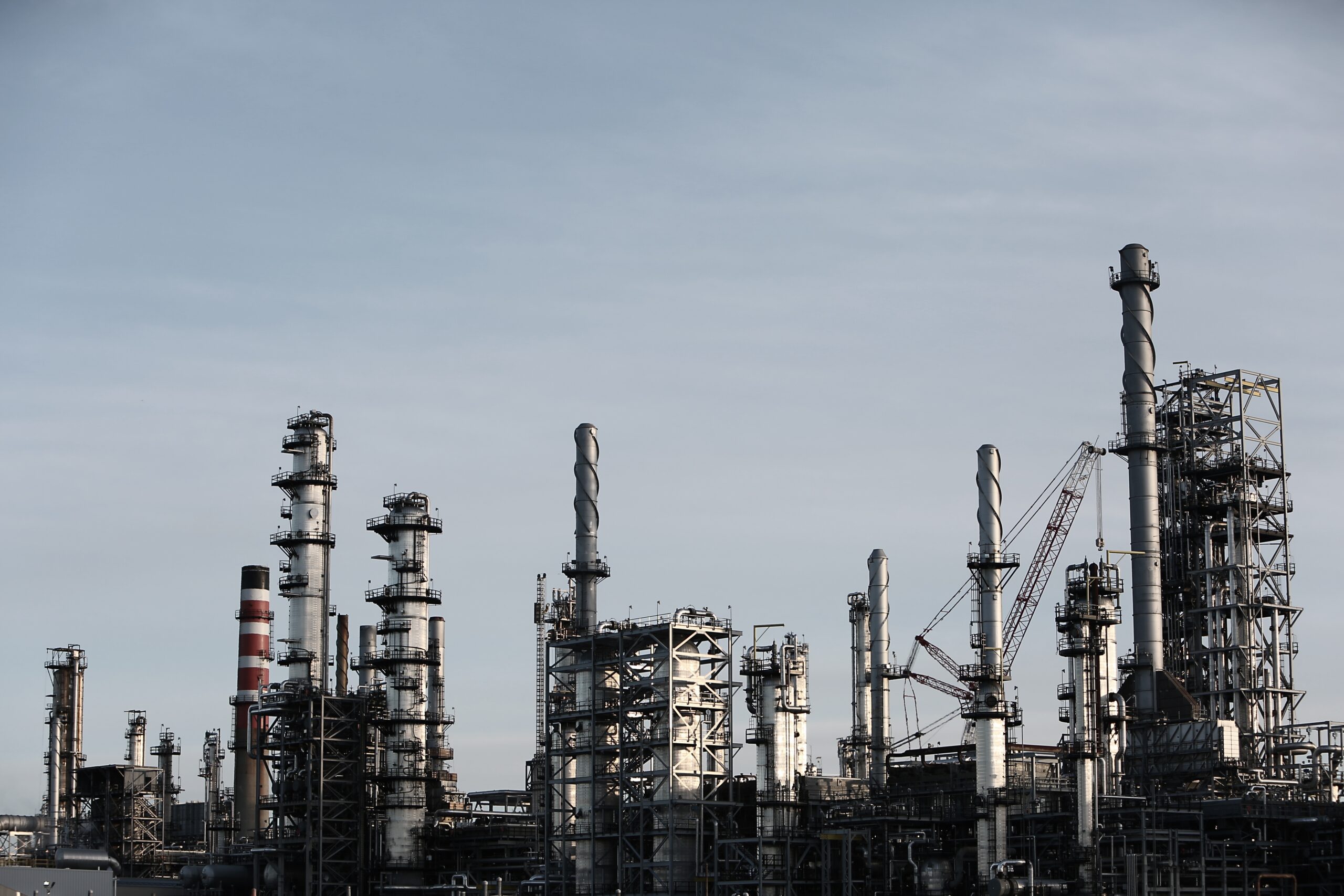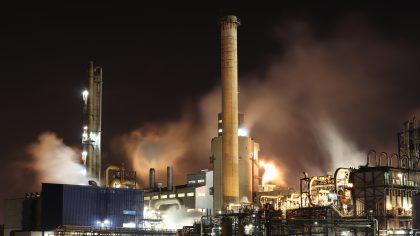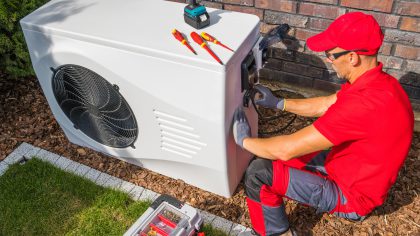All information in the datasheets is also available in ESDL (Energy System Description Language). You can find them in the Energy Data Repository (EDR).
Retrofit of post-combustion CO₂ capture for steam crackers using MEA solvents
There are a variety of techniques for post-combustion carbon capture that can be applied to flue gases; this factsheet considers chemical absorption with monoethanolamine (MEA) solvents.
Post-combustion capture does not require any major modifications to the refining process; MEA amine stripping technology is an end-of-pipe technology added to the plant to capture CO2 from existing flue gas streams. The modifications required for CO2 capture are cleaner flue gas (additional desulphurisation equipment); a CO2 capture unit (absorber and stripper columns, heat exchangers, condensers, and a reboiler); and a CO2 compression and dehydration unit. As the capture process requires electricity (notably for compression) and steam (mainly for solvent recovery), additional investments are also required to expand the site’s utilities. If there is excess heat and electricity capacity, this could reduce the cost, but the potential to use existing excess heat or existing utility capacity depends largely on site design and site-specific constraints, so has not been considered in this factsheet. This factsheet is based on literature looking both at theoretical steam cracker sites and at specific sites.
The cleaned flue gas enters the absorber and is brought into contact with the MEA amine solution. About 90% of the CO2 is absorbed into the amine solution (now together referred to as a rich loading solution), and is then pumped to the stripper. In the stripper column, the rich loading solvent is heated with steam from the reboiler (which uses a heat exchanger to transfer heat from external steam to a heat transfer fluid), breaking the chemical bonds between the amine solvent and the CO2, and causing it to release its CO2, creating a relatively pure CO2 stream. The CO2 continues to the compressor, which compresses the gas to about 110 bar/11 MPa for transport and storage. The remaining solution (called a lean loading solution), now at a temperature of about 120 °C, is pumped back to the absorber to begin the cycle again, first passing through a heat exchanger to preheat the rich loading solution.
While the MEA solvent capture technique is can also be applied to flue gases from power plants, there are two major differences when considering a steam cracker. First, the installations require combination of several flue gas streams (from furnaces and utilities), which leads to different equipment costs per unit of captured CO2. Second, the final concentration of CO2 in the flue gases is higher than those of a typical gas-fired power plant (cracking furnaces have concentrations above 10%vol, while a typical gas turbine has a concentration below 10%vol, and sometimes even below 5%vol).
Post-combustion carbon capture can be either retrofitted or designed in a greenfield steam cracker; this factsheet considers a retrofit to an existing steam cracker. Integrated design could lead to lower costs or higher efficiency.
This factsheet considers configurations with capture of CO2 from the cracker furnaces and/or the utilities on site. The flue gases of the cracker furnace is estimated to have a CO2 concentration of about 13-15%vol. The power plant flue gases have slightly lower concentrations but can account for a large point source of CO2 emissions, and therefore are often included in studies of CO2 capture. At lower concentrations, the cost per tonne of captured CO2 rises. (Zero Emissions Platform 2013).
Downloads
Download hier de datasheet (PDF)
Gerelateerde publicaties

De weg naar toekomstbestendige petrochemie
Exploration of transition strategies in Dutch refineries and organic chemicals industry for climate policy

Van meer begrip, naar meer geïnstalleerde warmtepompen
Perspectief van monteurs op innovaties voor de installatie van warmtepompen

Monitor Energiebesparing
Analyse ontwikkelingen energie-efficiëntie in verschillende sectoren